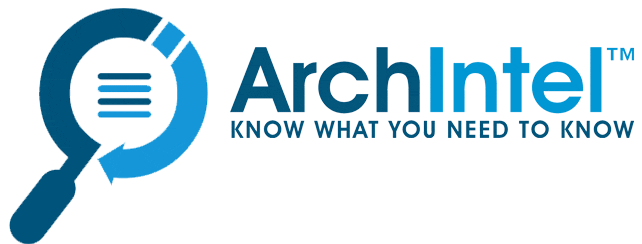“The retail automation market is expected to grow at a CAGR of 15.41% over the forecast period (2021-2026).” — Research and Markets
Over the past year, businesses have transitioned to automation in applicable areas of operation at a blistering pace in a bid to survive the workplace disruptions caused by the COVID-19 pandemic. However, an article on TechXplore reminds readers that automation, while helpful amid the ongoing health crisis, does not always lead to more efficient operations.
Author Francesco Biondi cites the alarmingly high incidence of COVID-19 infections among factory workers as the decisive factor that pushed companies to invest in automation. Some factories have transitioned to outright automation, such as in the use of robots, while others have gone with tele-operated production machines, which are run by people remotely.
Biondi said, however, that some companies will soon discover that automation is not the solution that they were hoping for. He said that many businesses, due to the nature of their operational needs, will find themselves falling victim to what he referred to as “the paradox of automation.”
This paradox holds that in some cases, relying on too many machines to get the job done actually adds to a company’s manpower needs instead of doing the opposite. Such a situation occurs because complex and highly specialized pieces of technology often require multiple people to operate, maintain and troubleshoot them.
Biondi further cited a real-world case of this paradox in airport security screening. He said airport and customs authorities are discovering up to a 95 percent failure rate in detecting incoming contraband while using high-tech screening equipment. The chances of intercepting smuggled items was far better when airport police simply frisked passengers, he said.
The author said that system developers have been prone to underestimating the human factor or human intelligence, and as a result, companies have paid the price in terms of reduced efficiency at a time when maximum output is needed. He added that ignoring or undervaluing the human factor in automation does not only make systems impossible to use but poses safety risks in the production line.

